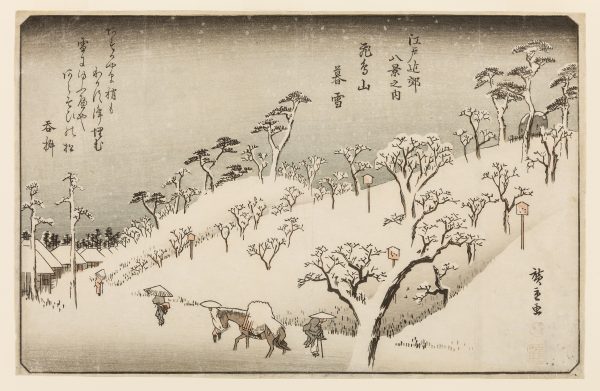Art Centers Leigh Rankin’s EcoLeague Exchange From COA to Dickinson
For many students, the EcoLeague offers an opportunity to conduct research or sharpen their focus within environmental studies. But anyone with a sense of curiosity and an appreciation for new natural spaces is welcome—and Leigh Rankin’s exchange story is a prime example of such self-discovery. While opening new doors and access to myriad faculty expertise, exchanges can also help to foster a strong sense of place.

Leigh Rankin laughs while discussing her EcoLeague experience.
Rankin is pursuing studio art and art history, though she feels that confining her studies to these two subjects is “such an oversimplification.” Her drive to learn more in these areas took her from the close-knit atmosphere of her home institution College of the Atlantic (COA), a college on the coast of Maine with 350 students, to Dickinson College and its over 2,000-person student body near the mountains of Pennsylvania. For her, an exchange to Dickinson through the EcoLeague for the fall 2018 semester offered her valuable experience that she could find in few other places.
“Dickinson is the most, or to me what appeared to be the most, traditional of all the schools in the EcoLeague, and it has a well-established art history department,” she said. “I wanted to really make sure that this was something I’m interested in, and if I want to go on to grad school, is that [studying art history] something I really want?”
At Dickinson, Rankin took courses on a full breadth of topics in art–Japanese woodblock print, the Renaissance, and sculpture–along with a course called “Perception, Memory, and Thought” within the Psychology department. While the unique aspects of each class made it challenging for her to pick a single favorite, “Italian Renaissance Art 1250-1450” stood out.
“I especially love the professor [“Italian Renaissance Art” professor Melinda Schlitt] just because…she’s rigorous, and I wanted to be challenged, and my main priority upon coming here was to improve my writing, especially within the discipline of art history, and she’s been so wonderful in giving feedback and guiding me through the research process, so…I do love that!” Rankin explained.

A Japanese woodblock piece from “Timely and Timeless”, the most recent show at the Trout Gallery, Dickinson College’s art museum. Rankin had the opportunity to study prints similar to this in her Japanese woodblock class.
Rankin enjoyed her time at Dickinson, but her exchange also helped her clarify what she appreciates most about her home college of COA—her “community,” as she frequently calls it. She speaks enthusiastically of the school’s coastal location, highlighting the environmental interest that made the EcoLeague a perfect fit for her.
“Arcadia National Park is right there, and then you also have Frenchman Bay, which is linked to the Atlantic Ocean,” she described of COA’s signature biosphere. “So, you know, you’re right there, you’re on the water, you can go in the water, or you can go hiking. And I think that the longer I’m there, the more I love it, and the more reasons to love it.”